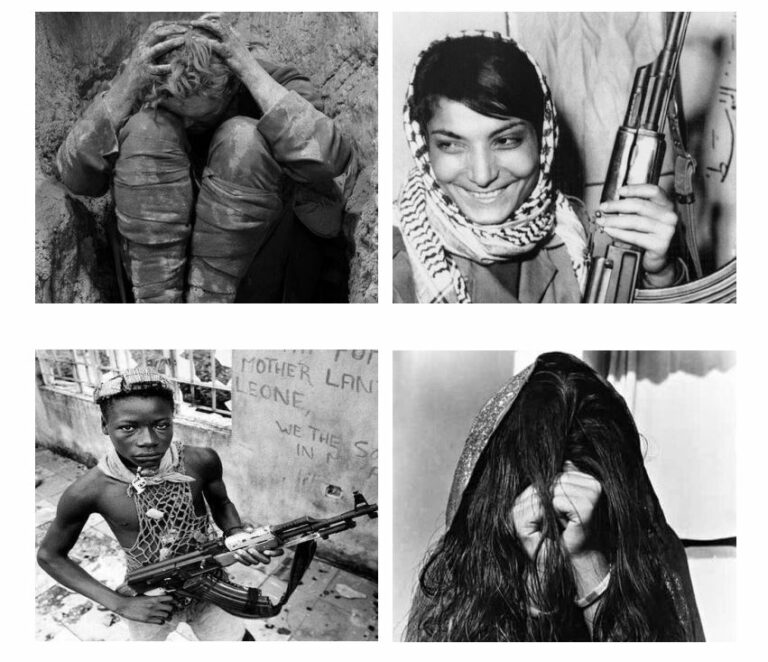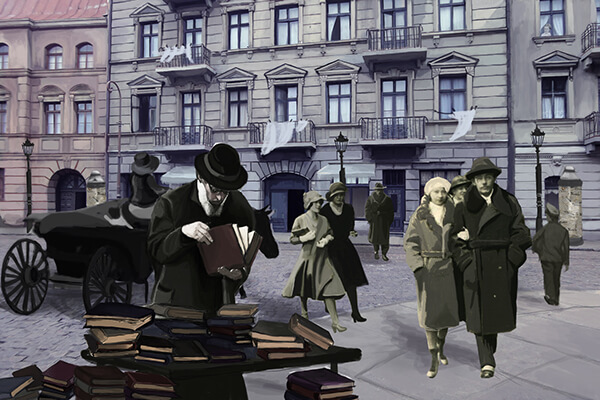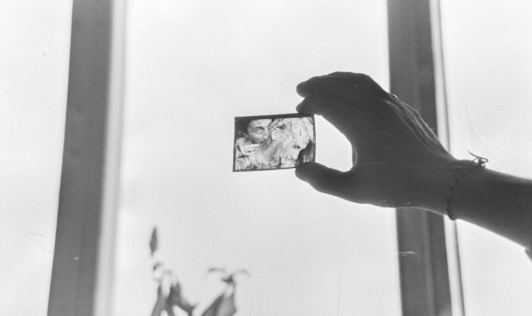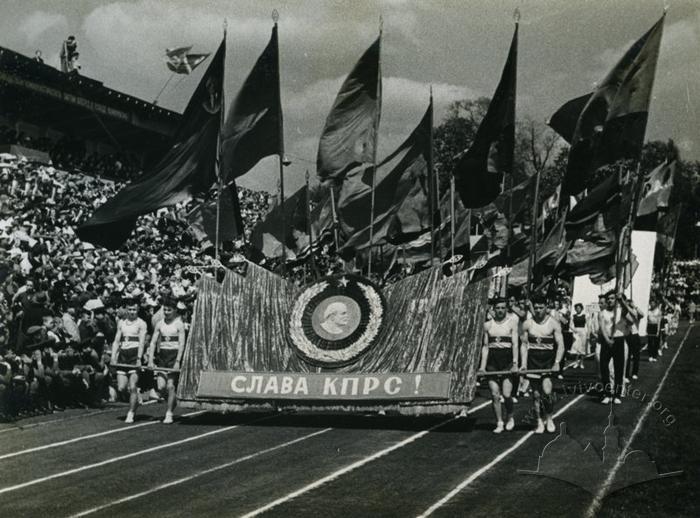Holocaust
The Holocaust (also Shoah, Catastrophe) was a genocide of Jewish people during the Second World War, resulting in the killings of approximately 6 million Jews. Recently, the definition has expanded to include the persecution and extermination by the Nazis of other ethnic and social communities, such as Roma, Sinti, homosexuals, Jehovah’s Witnesses, and people with mental and physical disabilities. As an element of the Nazi’s racial policy in the Third Reich, the Holocaust was the bloodiest and most devastating in Central and East Europe. The highest number of death camps was concentrated on the territory of present-day Poland. Those were the Nazi concentration camps designed for mass killings of different population groups, primarily Jews. They include Auschwitz, Belzec, Majdanek, Treblinka, Sobibor, and others. Meanwhile, the lands of present-day Ukraine were the sites of mass shootings known as the Holocaust by Bullets. The Educational Platform focuses on the impact of the Holocaust on people’s lives, on communities, cities, and states in East Europe. It is about life in the ghettos, pogroms, antisemitism and its supporters, collective madness, and individual mercy.





